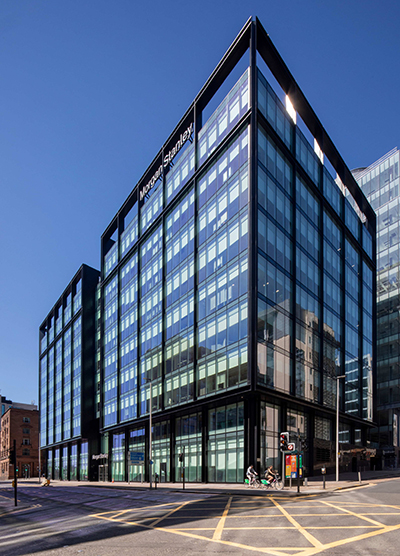
NEW research has revealed that investment in Glasgow offices has already exceeded last year’s total.
Analysis from Knight Frank found that £198 million has been invested in the city’s office assets in the year to date, up 46% on last year’s £136 million and ahead of the five-year average of £195 million. Knight Frank has acted on £128 million-worth of office deals in Glasgow this year.
There have been 14 major transactions so far in 2024, up on last year’s 11. Recent deals include 1 West Regent Street, a multi-let building acquired by Knight Frank, along with 122 Waterloo Street – Morgan Stanley’s mission-critical Glasgow office – and a government-occupied office building at 220 High Street in Collegelands to the east of the central business district, which were both sold by Knight Frank.
John Rae, head of office at Knight Frank Glasgow, said, “There are positive signs returning to the Glasgow commercial property market – we are already ahead of 2023 in terms of investment volumes with a quarter of the year still to go. With a more stable environment and more stock likely to become available, there is a sense of cautious optimism for the remainder of 2024 and going into 2025.
“We have also begun to see more activity from French investors in Glasgow and the wider Scottish market, with many of them viewing the UK as being good value and further ahead of other parts of Europe in the economic cycle. Corum Asset Management’s acquisition of One West Regent Street earlier this year is a clear example of that trend and we expect to see more interest from France in future sales.”
Douglas Binnie, capital markets partner at Knight Frank Glasgow, added, “Conditions are still challenging, but there is a steadier flow of deals coming through in Glasgow. There are signs that investors are more willing to dip their toes in the market, with price expectations converging on both the buyer and seller sides. Interest rates being on a downward trajectory and a clearer sense of policy direction for the next five years should provide more a supportive backdrop for the months ahead.”











